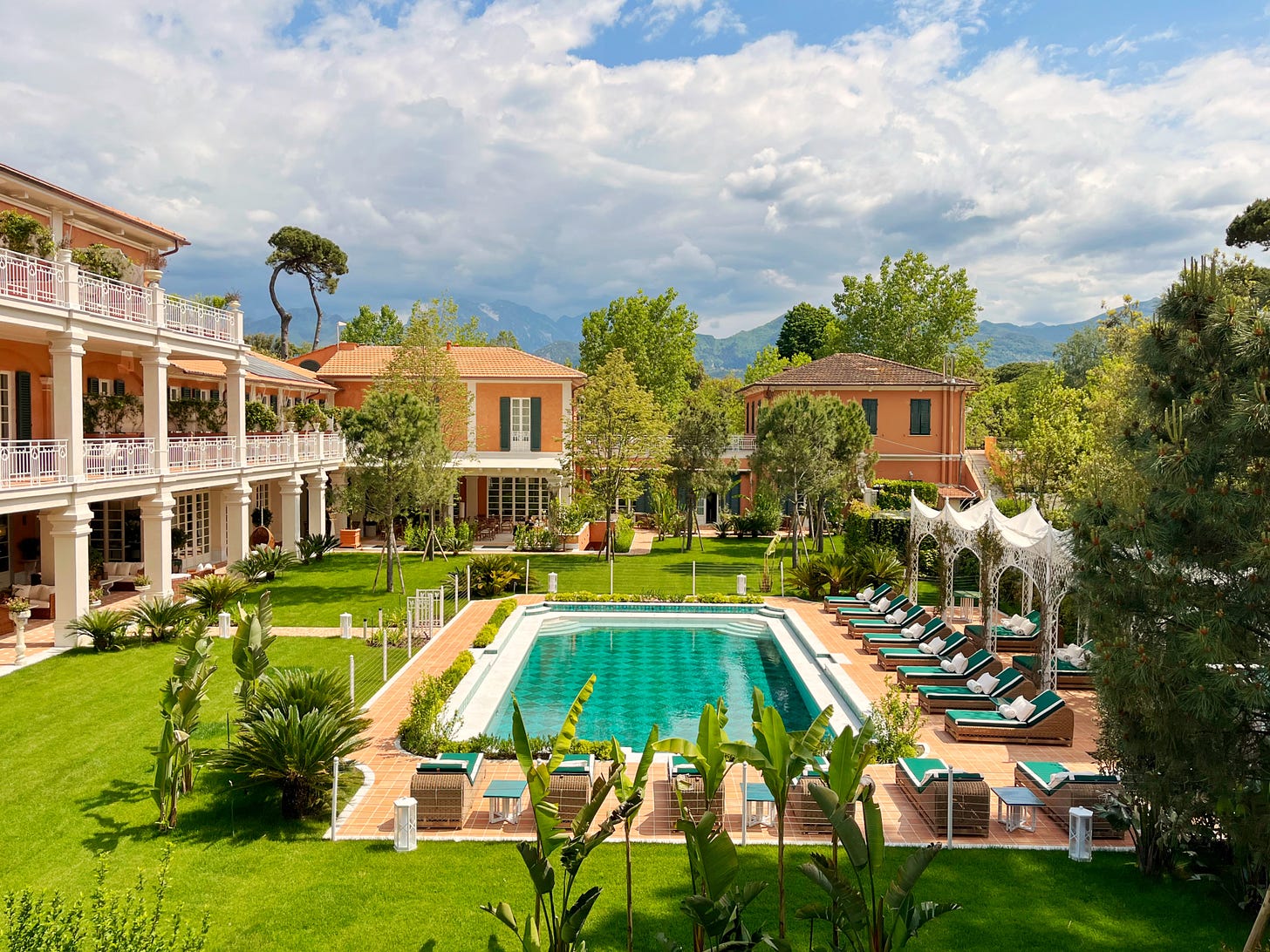
I’m going to let you in on a little secret. It’s called Forte dei Marmi and it’s the quietly chic beach town that Tuscans have been keeping to themselves for decades—a century, really. Before moving to Italy, I’d never heard of this place, but soon enough I started hearing it name dropped in sentences like, “We’re going to spend a few days with the countess at her villa in Forte dei Marmi.”
Located on the under-the-radar Versilia Coast, Forte—as habitués call it—is that kind of place. Wealthy and aristocratic Florentines have been summering here since the early 20th century. The streets, neatly organized in a grid, are lined with their villas, mostly hidden behind tall box hedges. As soon as school let out, mothers would pack up and move with their children to their summer home and fathers would commute between Florence and Forte. For a certain set, the social scene still tends to unfold behind closed doors.
Nowadays, you don’t have to be friends with a countess in order to go to Forte dei Marmi—though it doesn’t hurt if you are. I was brought into the fold not by a countess but by Sara Maestrelli, whose family has been running one of the town’s most beloved hotels there for decades and just opened a new hotel.
Last year, Marco and I visited for the first time and stayed at their first hotel, Villa Roma Imperiale, which was built as a private villa in the early 1900s and has a loyal clientele of guests who return every summer and always want the same room. I returned last month to review Sara’s new hotel, Pensione America, a member of the Leading Hotels of the World, for Condé Nast Traveler.
Both of my visits were brief, so I certainly can’t claim to have the perspective of someone who’s been summering in Forte every year for decades, but I can attest that even if you only have a few days, you can get a lot out of a visit. Between the beach and the town, with its plethora of shops, cafés, and restaurants, Forte feels made for a summer holiday.
Just don’t expect the kind of striking beauty you’ll find in Capri or the Amalfi Coast. With dignified umbrella pines and the Apuan Alps in the background, Forte has a quiet elegance. There’s nothing loud or ostentatious about it—and that’s part of its charm.
As Sara explained before my first visit, there’s a big outdoor market in the center of town every Wednesday and Sunday—and that’s something you don’t want to miss. Browsing the stalls, I coveted bohemian beach bags and kimonos, chuckled a bit at the bejeweled dog collars, carefully examined ceramic tableware, and ended up buying a camel-colored cashmere sweater and a couple of cushion covers with colorful floral designs for my rooftop terrace.
Beyond the market, there are plenty of other opportunities for shopping. The streets surrounding the main square are paved in marble from the nearby quarries of Carrara and lined with designer stores by the likes of Armani and Prada, but there are some wonderful independent boutiques too. I loved La Cestaia, which sells the kind of woven baskets, rattan tableware, and bamboo chairs that are all over Villa Roma Imperiale and Pensione America.
Thanks to a tip from Sara, I went to Giovanni del Forte, where the owner Massimo Martini custom makes wooden-soled sandals and clogs called zoccoli. He showed me the different models, the various designs available for the straps, and explained that these shoes became popular here because they protect your feet from the hot sand.
Of course I caved and bought a pair of platforms. I felt a little bit like Cinderella as I sat in his shop and he formed the sandal to the shape of my foot before nailing the strap to the wooden sole. In a matter of minutes, I had a pair of bespoke sandals. (Apparently they’re the secret weapon of Italian mothers everywhere, who launch them at disobedient children, or threaten to, anyway.)
Of course, the main reason to go to Forte is for the pristine sandy beach, which extends for miles and is mostly given over to beach clubs with tents meant to shelter the whole family. Sara’s family now runs a historic club called Bagno Assunta and have kept its very retro tents with striped fabric, wooden lettini (sun beds), and lounge chairs, though they repainted some of them and generally spruced the place up. For lunch, the spaghetti with arselle (tiny local clams) is a must.
In the evening, head to Il Giardino for an aperitivo, as we did, or grab a table at Caffè Principe, a historic café that was taken over by Prada, who tapped lauded architect Michele Bonan to redesign it.
We had dinner one evening at Pesce Baracca, a fun, lively seafood spot that has a formal sit-down restaurant as well as a more casual area where you can eat seafood-topped bruschette, oysters, and fish burgers.
Afterwards, you might go to La Capannina, the famed nightclub opened in 1929 that was frequented by intellectuals and politicians. Supposedly, count Camillo Negroni would stop there for a drink—perhaps the one that still bears his name. Just don’t get too rowdy—this is still a dignified place where people come for a break from the heat and noise of the city. Some things never change.
Have you been to Forte dei Marmi? If so, share your memories and tips in the comments. If not, do you want to go?
Further Reading
Want to learn more about Sara’s fabulous new hotel? Check out my aforementioned review of Pensione America for Condé Nast Traveler here.
Looking for more summer travel inspiration? For Travel + Leisure, I wrote about the best beach towns in Italy (and yes, I included Forte dei Marmi).
I wrote about visiting Forte dei Marmi in May and revealed more insider tips in this article about the beauty of traveling in Tuscany during the off season for Afar.
You can see all of the New Roman Times’ coverage of under-the-radar destinations here.





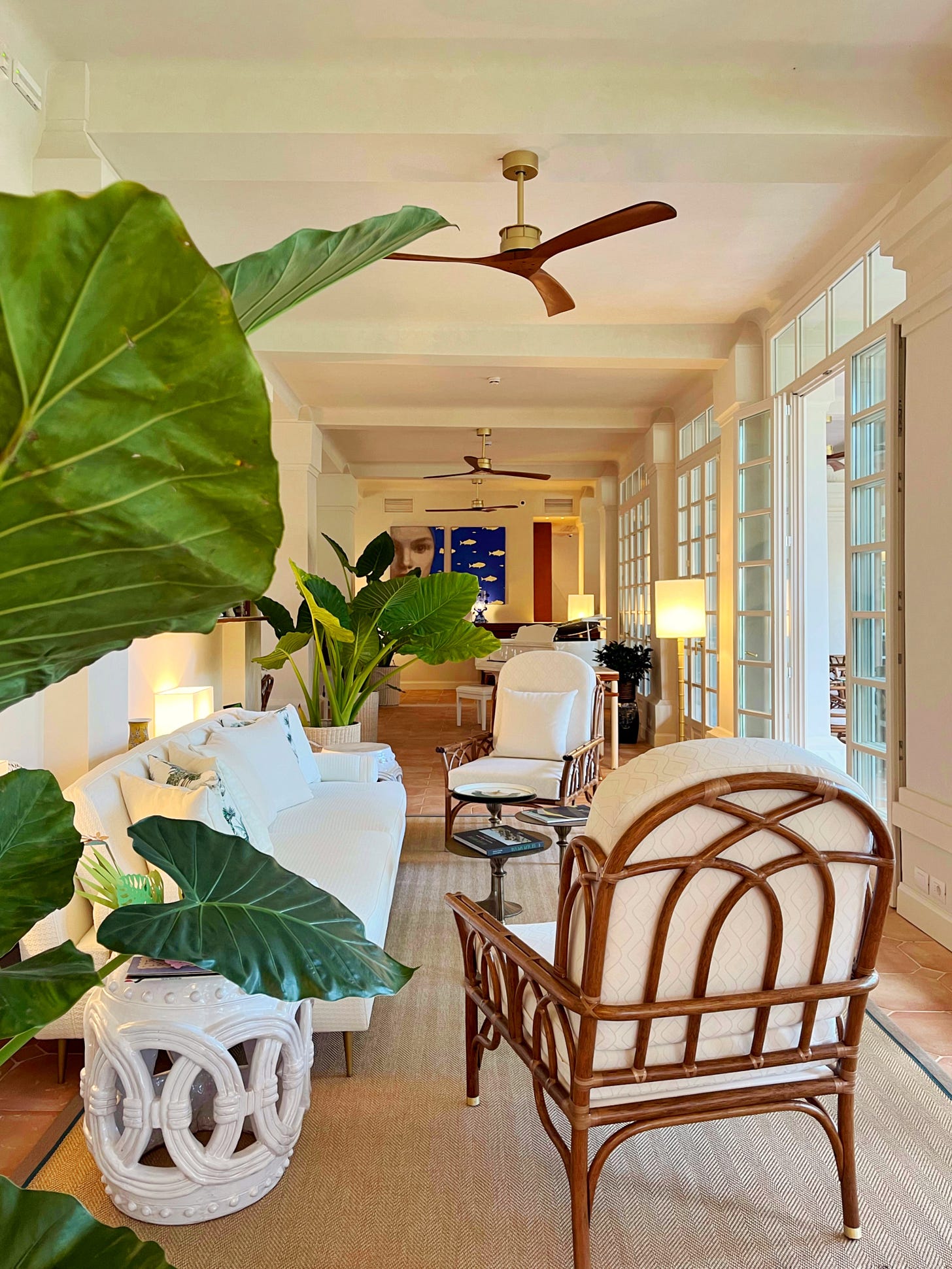
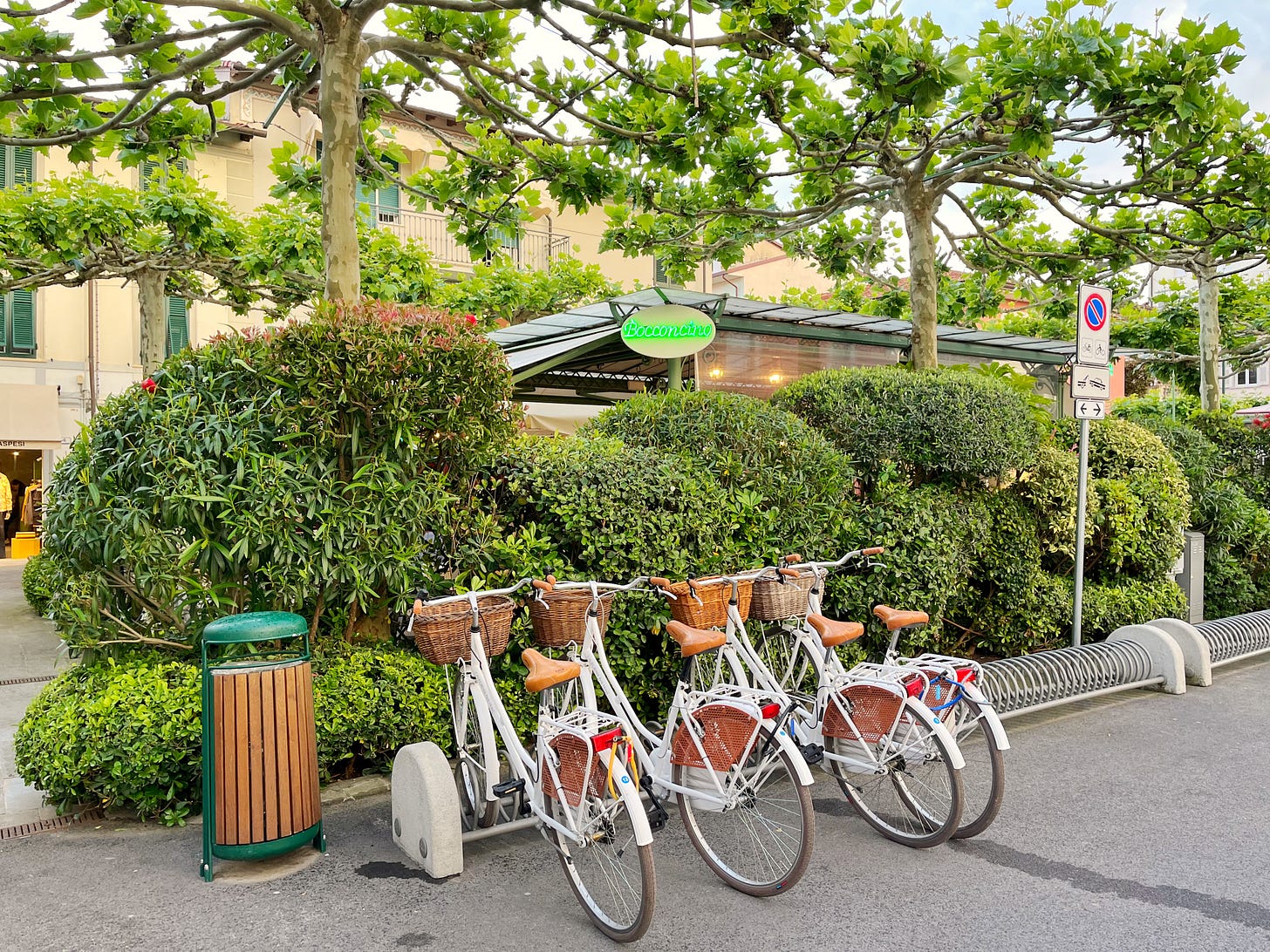
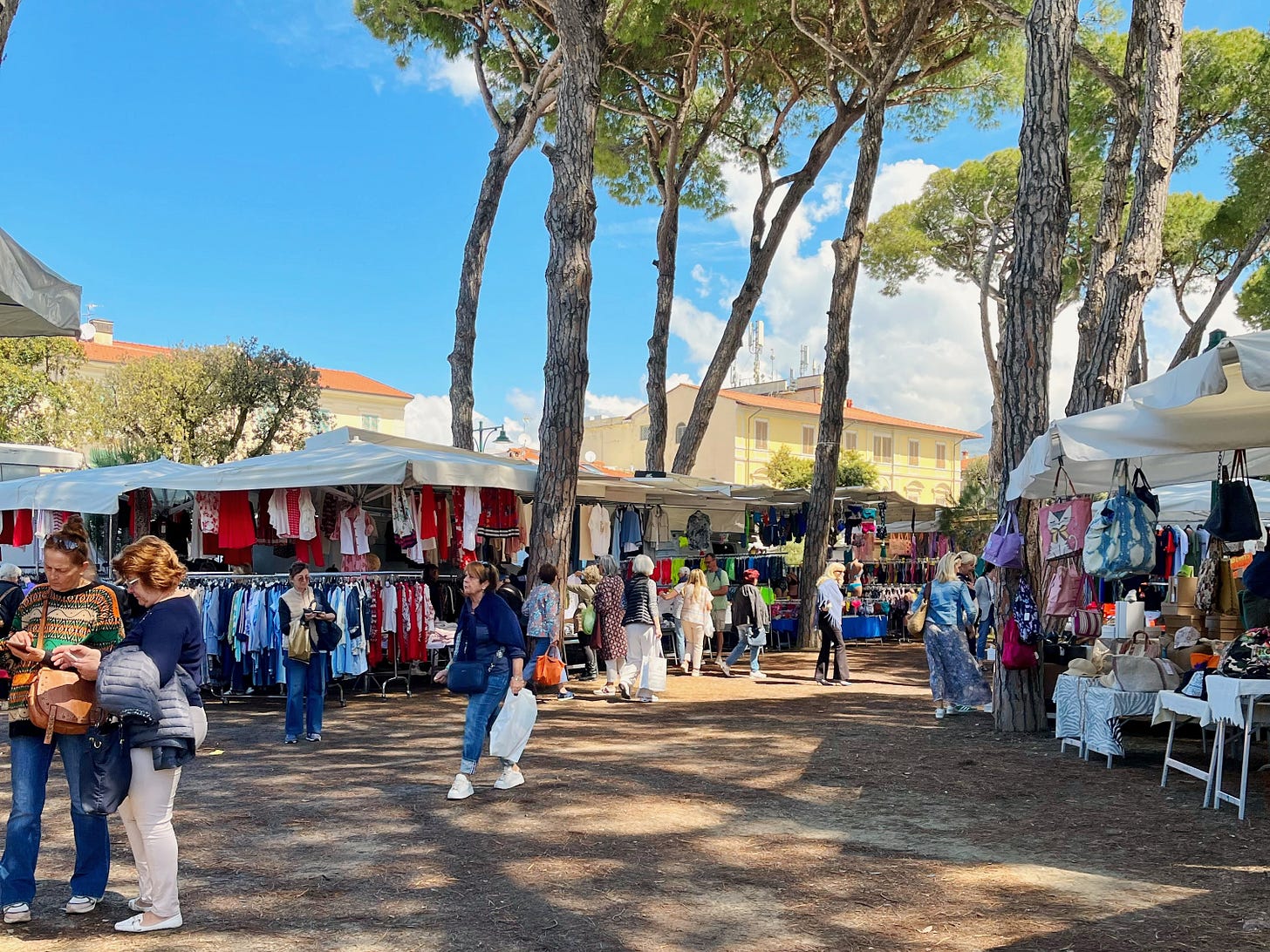

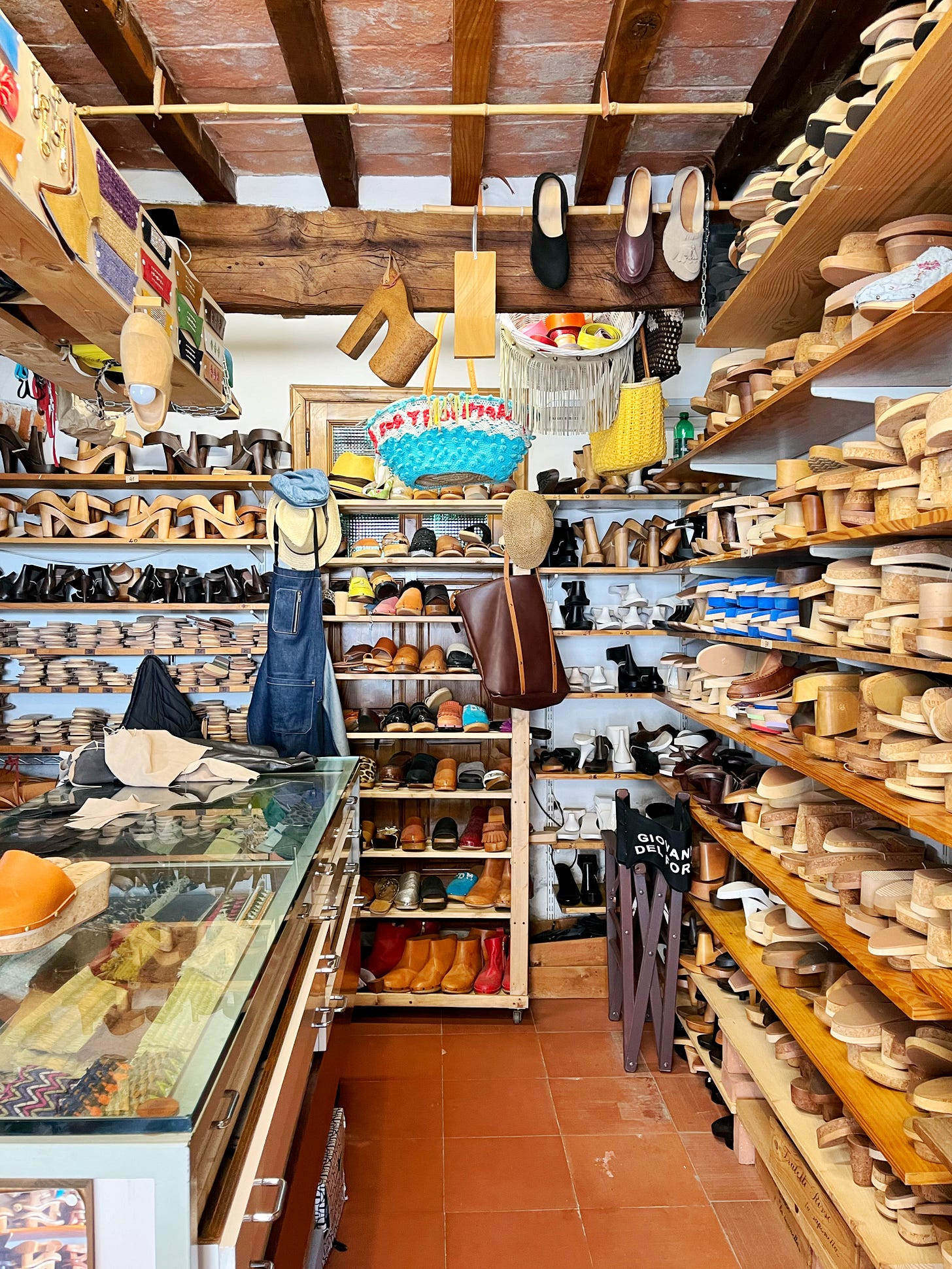

So many places in Versilia and Liguria that have not been popularized by Rick Steeve’s and IG. Let’s hope Substack doesn’t give them all away.😎😎😎 But thanks for sharing your local knowledge!!
I ended up there by accident one day while on a road trip and thought I’d been transported back to the fifties! I loved the atmosphere, but not so much the $100 umbrella-and-chairs rate on the beach. Great to visit, though.